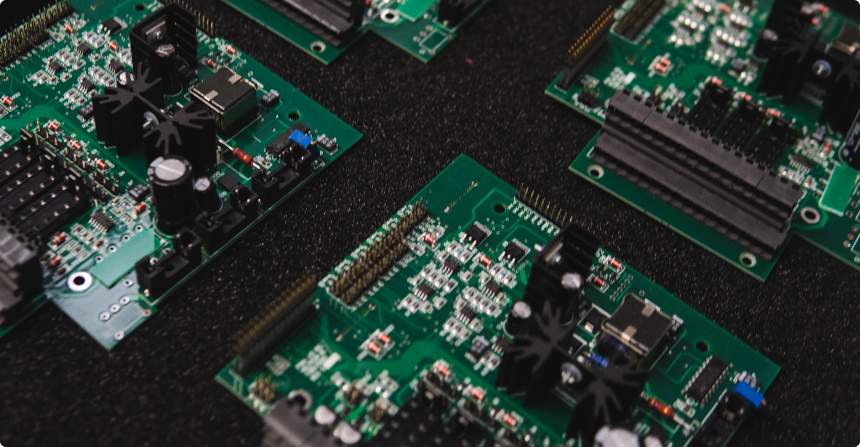
Admin, December 07,2021
HOW ARE CUSTOM FUNCTIONAL TESTERS DESIGNED?
Welcome to the first, in a series of newsletter articles on the Design of Custom Production Functional Testers. This one describes an overall view of how an organization might go about developing a tester. More will follow that take deep dives into the Tester Development process.
Often in an organization, the design engineer is called upon to design the Final Production tester for a project. This is sometimes done concurrent with, or after the product design is complete. If the company has enough experience in the product line the tendency is to just adapt, or tack something on to an existing tester.
If the product is either a brand new one, or a large change to a current one, then the company must embark on the design of a new functional tester. This can take away from the resources designing the new product. At this point, an organization might decide to bring in persons, other than the Product Design Engineers to create this tester. They might also consider bringing in outside resources to perform this task.
Approaching the Design of a New Tester
In many ways the process of designing a brand new tester is the same as designing a new product. There is a need for a:
-
Tester Development Specification
a) Develop a Testing Strategy and Write Test Specification
Examine the general electrical tester performance requirements
- Examine what BIST and other test related software and hardware will be designed into the unit to be tested. This is formally known as design for testability (DFT).
- Examine what pre-tests will be done on the units such as physical inspection and flying probe testing.
- Examine the economics of the tester for deployment now, at lower volumes, and in the future with higher test volumes. This can include development cost for the tester, and the cost of test resources needed to perform the testing at the earlier volumes, and the lower cost later.
- Consider the number of tester units to be built from 1 or 2 to perhaps hundreds vi. Examine the desired quality requirements for yield at production and in the field. How critical product quality to the success of the organization.
- Building and testing all of the cable assemblies, wire harnesses, and other electro-mechanical components and subassemblies
- Assembling the system from the bottom-up, including installing components and completing point-to-point wiring
- Inspecting and/or testing the assembly at defined intervals
- Labeling all the necessary components and subassemblies for future inspection and maintenance operations
- Installing the necessary software for the assembly
- Performing final testing on the fully assembled system
b) Write Test Specification
2. Tester Development Plan Once the specification is completed, a block diagram architecture can be made to establish the design of the hardware portion. Then a functional Firmware specification can be generated to map out the amount and type of firmware to be created for the tester. From here, an overall project plan can be created to establish the general resources during each portion of the required design to complete the tester.

2. Tester Development Plan Once the specification is completed, a block diagram architecture can be made to establish the design of the hardware portion. Then a functional Firmware specification can be generated to map out the amount and type of firmware to be created for the tester. From here, an overall project plan can be created to establish the general resources during each portion of the required design to complete the tester.
YOU MIGHT ALSO LIKE
Share:



